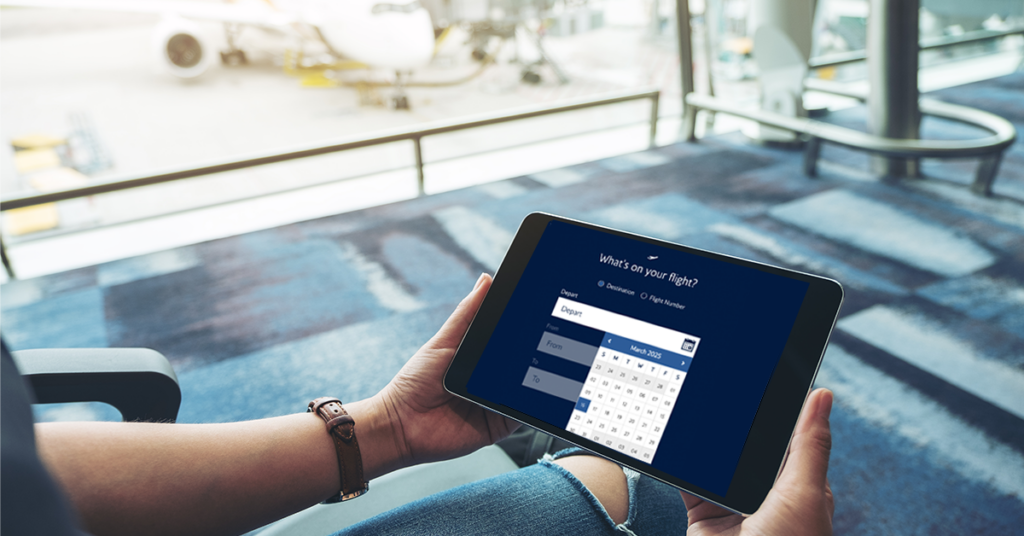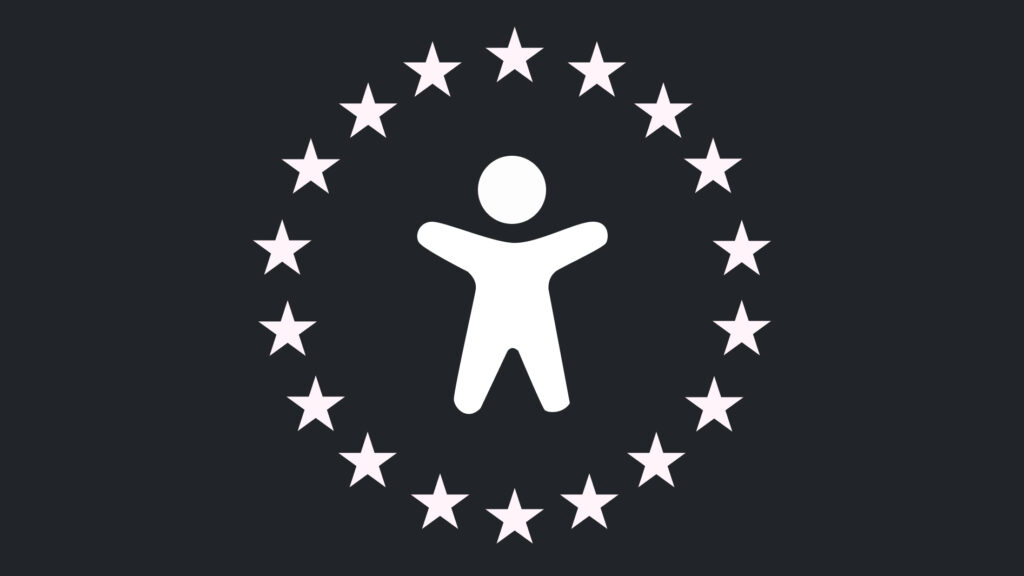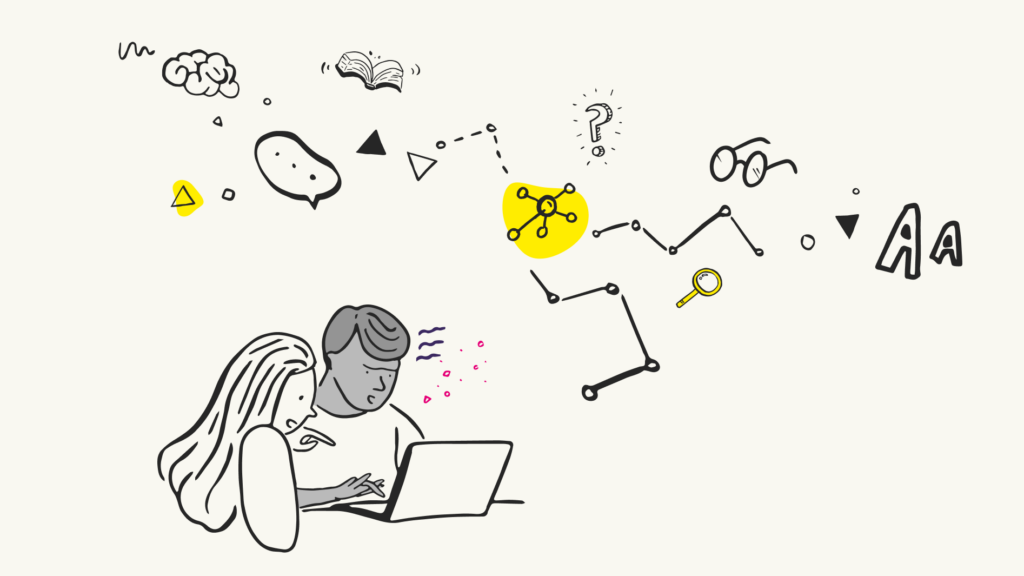The World Wide Web was created to provide information that could be accessed by people viewing web pages in a browser. This is clearly stated on the World Wide Web Consortium’s (W3C) web site:
The power of the Web is in its universality. Access by everyone regardless of disability is an essential aspect.
– Tim Berners-Lee, W3C Director and inventor of the World Wide Web
However, a large proportion of users cannot gain access to the information and services the Web provides and this represents a dichotomy. The Web was designed to provide universal access to information, however many web sites are inaccessible to people with disabilities. This paper examines web accessibility and provides simple methods for checking a site’s accessibility.
What is Web accessibility?
If something is accessible, it means that anyone can use it. For a web site to be accessible, it means that anyone with the technology to read Hyper Text Markup (HTML) can access and use the site. Does that sound vague? It should, because there is a very broad spectrum of possible situations, technologies and people accessing the web! Some examples of technology that can read HTML include: mobile phones, personal digital assistants, televisions, as well as the wide variety of browsers on different computers and operating systems. Currently, the most popular choice for accessing content in a web site is via a web browser. However, a visually impaired persons eye sight might vary considerably. To read web pages they may need to adjust the size of the text in a browser; the contrast between the foreground (text) and background colours or if they have little vision or are completely blind install ‘access technology’. The most common form of ‘access technology’ is a piece of software called a screen reader which works with the persons browser to convert the text of a web page into synthesised speech. The most commonly used screen readers are Jaws [1] and Window-Eyes [2].
Size of the market
You might be thinking that very few people access the web with access technologies. However, the RNIB’s Statistics [3] show that there are around 2 million people in the UK who have an uncorrectable sight problem. That is over 3% of the population, and that is only one type of impairment that affects how people access the web. Hearing impairments, cognitive impairments (including dyslexia, short-term memory loss and confusion), and motor impairments (which includes people who can not use a mouse, e.g. they may be suffering from arthritis) affect the technology requirements needed to access the web. Accommodating the range of different impairments that exist will have implications on how a site designed. However, information about designing web content for all impairments has been covered by the Web Content Accessibility Guidelines (WCAG) [4] published by the Web Accessibility Initiative (WAI) [5].
The legal case
The Sydney Organizing Committee for the Olympic Games (SOCOG) vs. Bruce Maguire [6] (who uses a refreshable Braille display to read web pages) case brought accessibility into the world spotlight and set a legal precedent as one of the most prestigious organisations in the world was successfully sued for A$20,000 for not being accessible. The SOCOG vs. Maguire case is important because it used both the WAI guidelines and the Australian Disability and Discrimination Act which is very similar to its UK equivalent to arrive at the final decision. Section 21 of the Disability and Discrimination Act in the UK places a duty on service providers to ensure that the information they provide is accessible to visually impaired people. This came into force in October 1999. This includes the information provided on web sites, therefore, it may only be a matter of time before a case is brought against a UK company now that a precedent has been set.
How do you know if a site is accessible?
The acid test is whether visually impaired people using assistive technologies can access your site and use it effectively. Does it work effectively with a screen reader, screen magnifier or text browser? If you test with people using a screen reader, can they find information, buy products or complete whatever goals people have for your site? Another way to evaluate the accessibility of your web site is to hire an expert. We have several experts. They can identify barriers with your technical implementation and whether the navigation and terminology are understandable when arranged in a linear way.
Easy ways to check a site’s accessibility
Try tabbing through the links.
Did you know you could do that? When you open a web page, press the tab button. It should then highlight the address bar. Keep pressing the tab key and you will see the hyperlinks being selected (usually a grey outline box in Internet Explorer) as you move through the content of the page. Shift-tab goes backwards. This is the primary way of navigating links and forms when you cannot use a mouse. It is also important to set a logical tabbing order for any forms that are used in a site so that a person can move from field-to-field without confusion. Furthermore, even people that can use a mouse sometimes use this method because they do not like to keep switching from mouse to keyboard. It is also important to think about the names that links are given, since that is all the information some people have to go on. Therefore, make sure each link is unique and functional.
Do the Images have meaningful alternative text?
Not everyone can see images, either due to not being able to see or not wanting to (due to poor connection speeds or the devices used). In Microsoft’s Internet Explorer, when you move the mouse pointer over an image any alternative text that has been assigned to the image will be displayed. If images do not have alternative text, they will not be read out or shown to some people. However, it is not just a case of having alternative text, it also has to make sense! Therefore, making the alternative text as functional as possible will improve a person’s experience of the site. Furthermore, if an image is used that has no functional value other than being used for eye-candy or graphic design or you do not want it to be displayed it should be assigned a null (“”) value.
Is the text resizable?
More people are partially sighted than completely blind, so being able to adjust the text to an appropriate size on a web page is vital for accessibility. In Microsoft’s Internet Explorer, you can override the text settings by going to the ‘View’ menu, selecting ‘text size’, and increasing the size of the font. On our site, all the text on the page can be increased in size. However, on many sites the text has been set to be a specific size. Often this size is too small for those with good vision, let alone those who are visual impaired.
The Automated Checker: Bobby
The Centre for Applied Special Technology (CAST [7]) in the USA have created an automated tool named Bobby to help web authors to check the accessibility of web pages. Bobby checks your page or site and returns an accessibility report with a number of possible outcomes:
- Repair needed: There are things in the page that make access difficult or impossible.
- Priority A: The basics are right, but there are still items that should be improved.
- Priority AA: Most people will be able to access the site, but some items could use improvement.
- Priority AAA: The page should be universally accessible.
However, Bobby is an automatic checker and only provides a technical report about the accessibility of the pages and should be used as a cursory test in relation to other usability measures. For example, Bobby can test whether an image has alt text or not, however it cannot test the relevance of the information, e.g. if an image is used in the navigation for “articles” is called “Image2”, navigation would become impossible.
Conclusion
There are now legal reasons to make web sites accessible in light of the Disability Discrimination Act 1995 (DDA) and the inclusion of Section 21 has raised the status of accessibility on the corporate agenda. Furthermore, the seminal case of SOCOG vs. Maguire has set a legal precedent and it is only a matter of time before a UK company becomes a potential target. There are also sound business reasons for making web content accessible to all people. In the UK the ‘disabled pound’ is worth £40 Billion per annum. Making web sites accessible to blind and partially sighted people, and all disabled people, increases the possible revenues that a company can generate. Therefore, making a site accessible does not just mean that a few more people can use the site, it means that everyone can use it more successfully. The time spent making a site accessible whilst it is being designed and developed will improve the effectiveness of the site for everyone, not just disabled users. In many cases the terminology is improved, the navigation is easier, and the layout is simplified. That means a better site for everyone. It is also very likely that companies that provide accessible web sites will benefit from a positive perception and this could be used as a valuable PR exercise and something to promote.
Further Reading
“Auxiliary Benefits of Accessible Web Design” from the World Wide Web Consortium. “Hints for designing accessible web sites” from the RNIB, useful for more details on problems that people can have with web sites.
References:
- Jaws Screenreader
- Windows Eyes Screenreader
- RNIB’s Statistics
- The WAI’s Web Content Accessibility Guidelines.
- Home page of the Web Accessibility Initiative (WAI).
- Reader’s guide to Sydney Olympics accessibility complaint.
- The Center for Applied Special Technology.
Acknowledgements
We would like to thank Julie Howell who is the Campaigns Officer (Internet) for the RNIB for her help in reviewing this article. For more information about the RNIB Campaign for Good Web Design please visit the RNIB web site.
We drive commercial value for our clients by creating experiences that engage and delight the people they touch.
Email us:
hello@nomensa.com
Call us:
+44 (0) 117 929 7333




